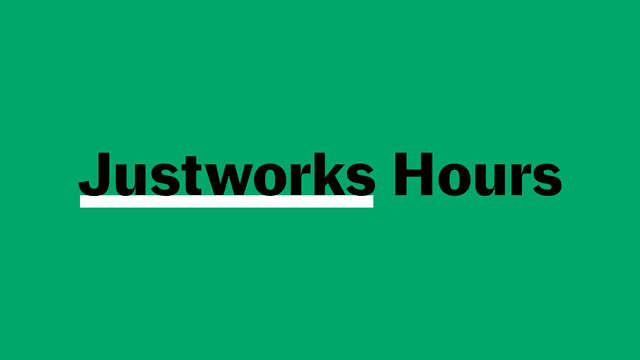The best time and attendance systems are affordable, easy to navigate, mobile-friendly and compatible with your existing HR solutions, such as top payroll software. They offer valuable features such as multiple punch methods, employee scheduling, time-off tracking, geolocation tracking, job tracking, notifications and reports. To help you find the best time and attendance systems for small businesses, we examined many top options, scrutinizing price, features, ease of use, integration options and customer service.
Why You Should Trust Us
At business.com, we’ve independently evaluated hundreds of business software and services to determine the best products for small businesses. Our expert editorial staff identified the best time and attendance software based on firsthand experience, comprehensive research and rigorous testing. Each product was analyzed and rated on a number of factors, including cost, ease of use and features. The business.com team prioritizes accuracy and fairness in all of our assessments. Learn more about our methodology.
What is a Time and Attendance System?
At its core, a time and attendance system can track employee hours. However, the best time and attendance systems come with a variety of punch-in options (e.g., swipe cards, barcodes, PINs, biometrics, mobile apps), as well as features for scheduling employees, managing employee time off, tracking employee GPS work locations, and monitoring specific jobs and projects. Many time and attendance systems can also integrate with third-party applications, allowing employee data to be automatically transferred between platforms, thus minimizing the risk of human error associated with manually recording and transferring employee hours.












